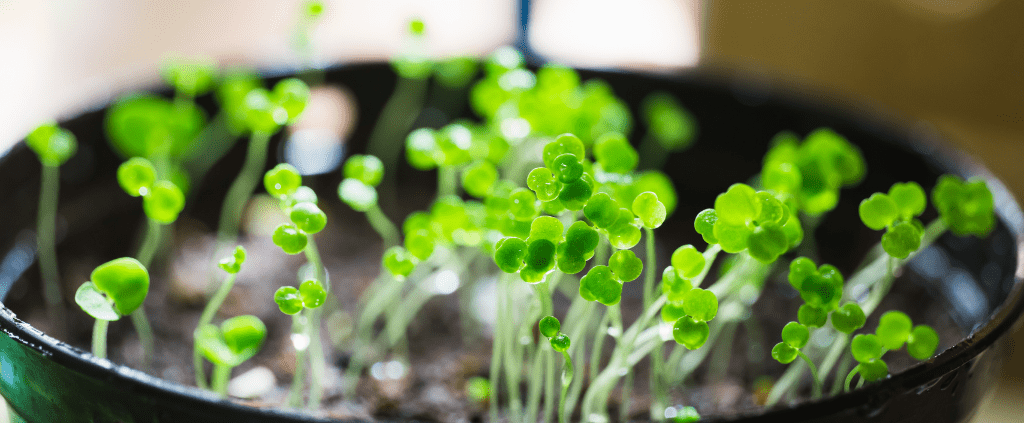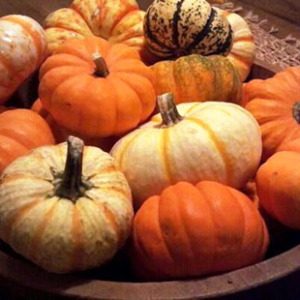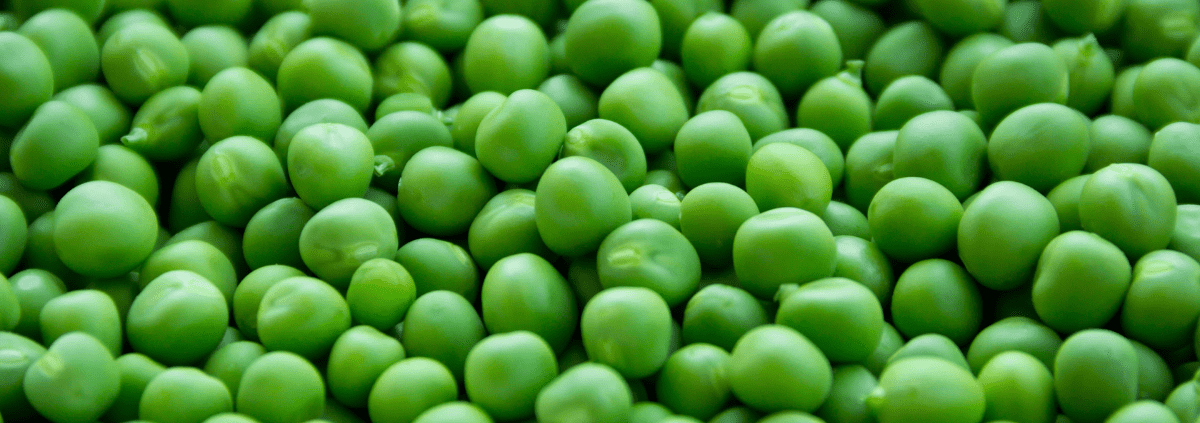Quit Working so Hard This Fall
Garden Clean Up
by Sandy Swegel
The old adages say cleanliness and hard work are virtues. That may be true in your kitchen, but in the garden, a little sloth can save many lives and make your life a little easier. Mother Nature isn’t just messy when she clutters up the Fall garden with leaves and debris….she’s making homes for her creatures. Old dead leaves may look like clutter that needs to be tidied up, but it’s really nice rustic sustainable homes for many of a gardener’s best friends.
Here’s who is hiding in your garden this winter if you DON’T clean up.
Ladybugs in the garden beds next to the house. Ladybugs want a nice sheltered home safe from wind and exposed soil. I most often find them under the leaves and dead flower stalks in the perennial garden.
Butterfly larvae (aka caterpillars) in leaf bundles. Sometimes in winter, you’ll see a couple of leaves looking stuck to a bush or tree or in a clump on the ground. Often there’s a butterfly baby overwintering there.
Lacewing at the base of willows or in the old vegetable garden. Insects don’t work very hard in the fall either. Often they are eating happily on the aphids in your vegetable garden or your mini forest and just go through their life cycle right there. They lay their eggs on the bottom of leaves and the leaves fall to the ground. If you clean up too much, you’ll clean up all the beneficial insect’s eggs
Slugs in your hosta garden. Even slugs are a good thing to leave for the winter. They will be plump food for baby birds next Spring.
The bottom line is don’t do a good job of cleaning up in the Fall. Take away any very diseased leaves. Clean up the thick mats of leaves on the lawn so they don’t encourage lawn fungus. But leave the flower stalks with seeds and the leaves in the beds. They insulate and protect plants and insects.
Another good reason to be a little lazy this Fall.
Photos: http://www.nashvilleparent.com/2013/07/fall-for-fun/http://antsbeesbutterfliesnature.blogspot.com/2009/11/overwintering-caterpillars.html




